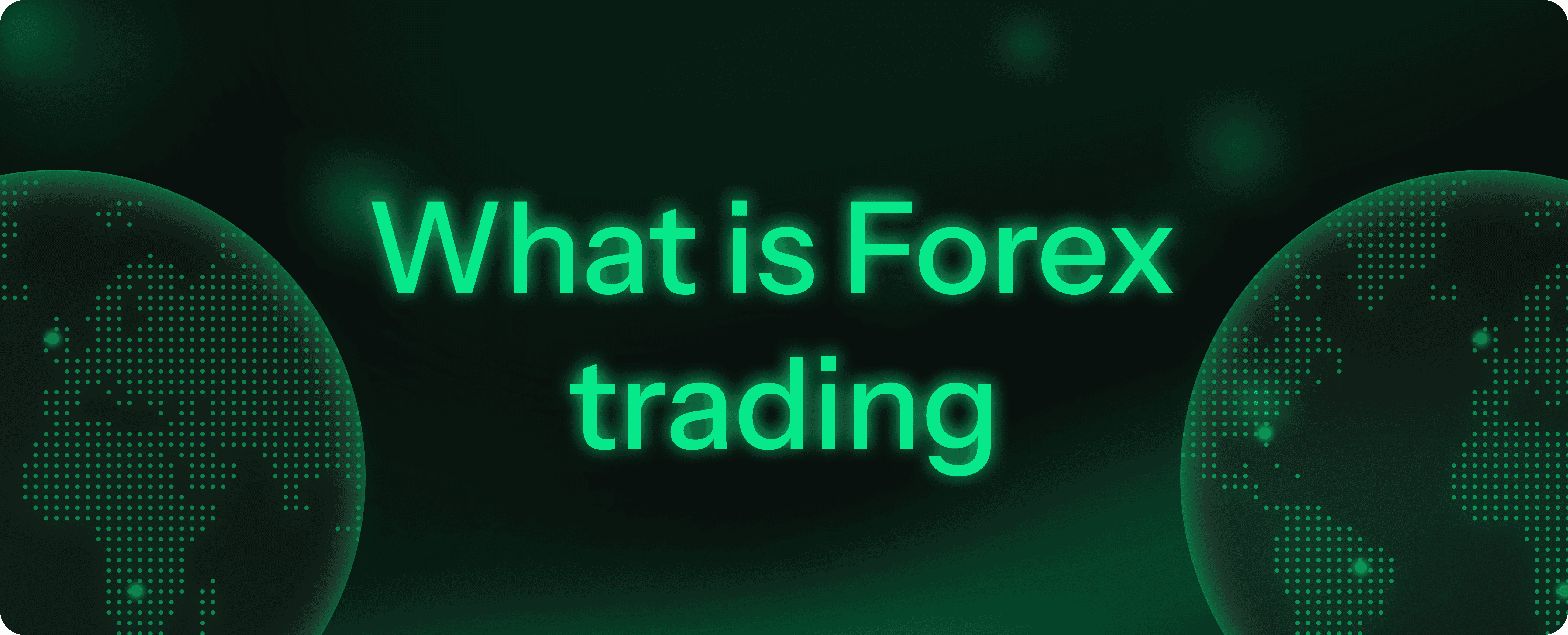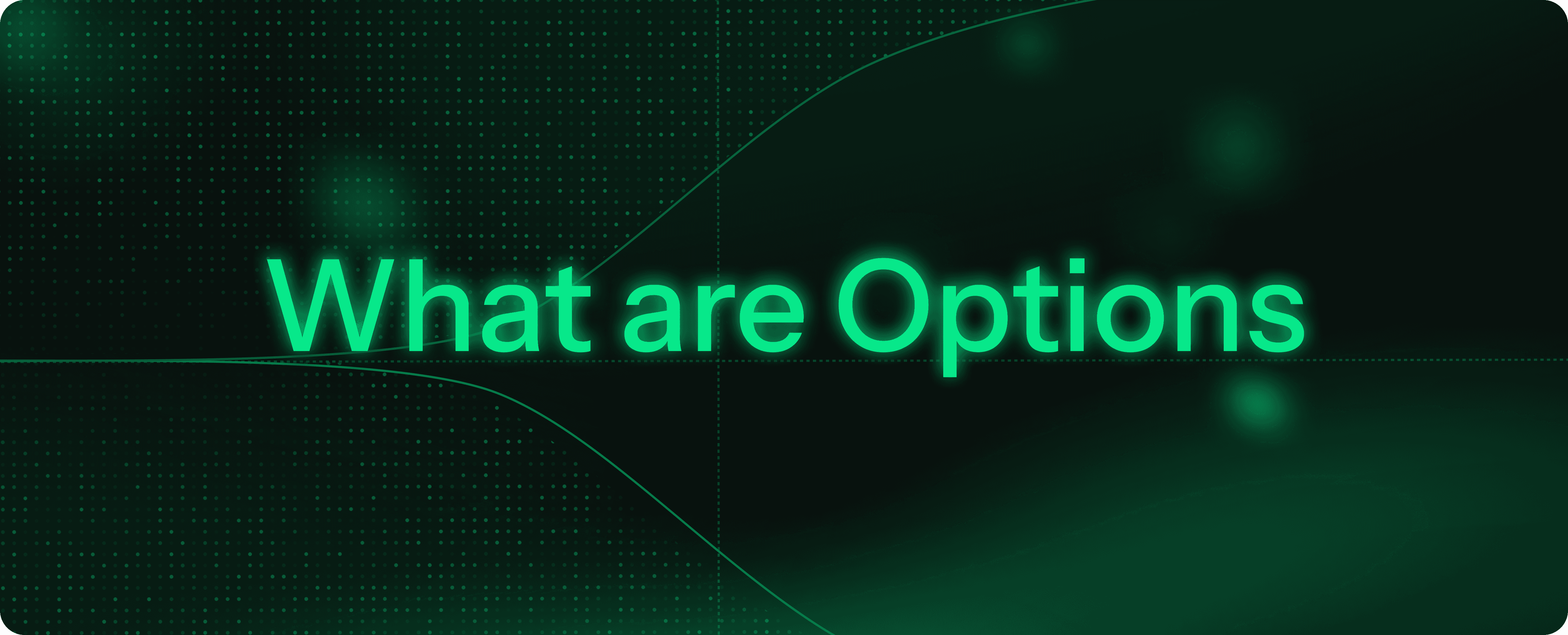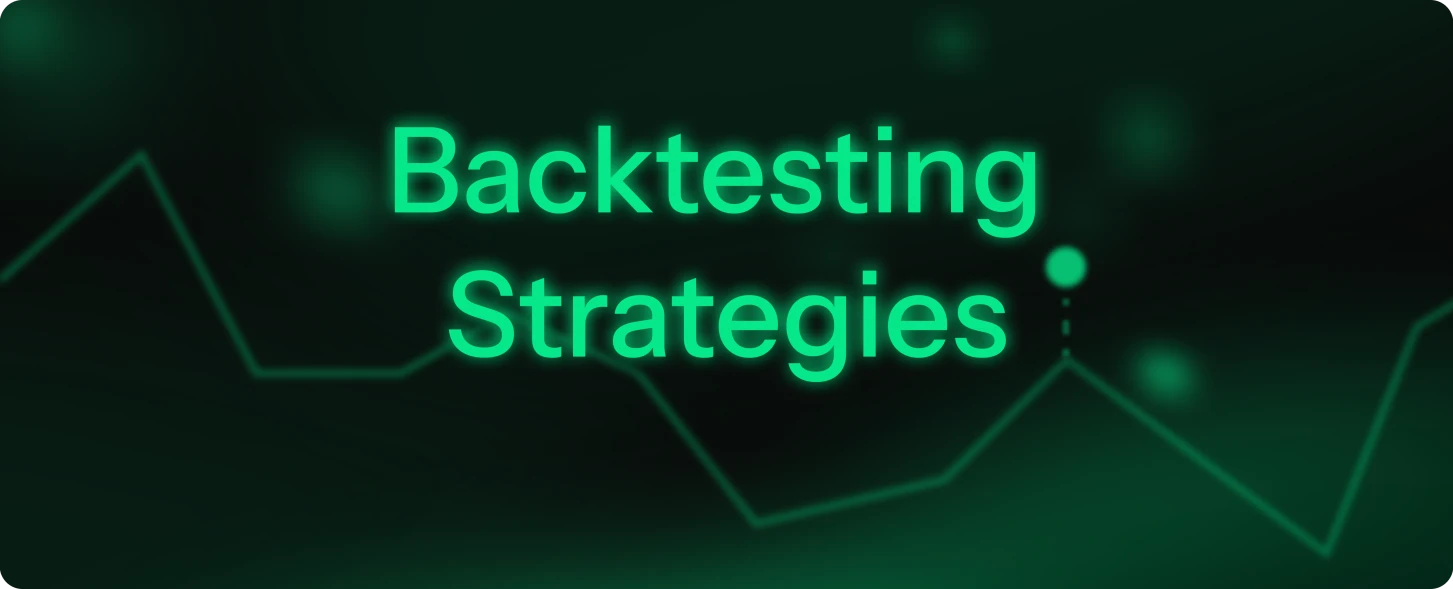Mike | The Lab
Published on
Jun 25, 2025
What if I told you that you could lock in the price of an asset to buy or sell it at a later time? Let’s discover this fascinating mechanism through Futures Trading.
What’s futures trading?
You need to restock your inventory, and the price of assets keeps fluctuating. What if you could lock in a certain price, wait, and buy at that same price later? That’s the principle behind Futures Trading.
It’s based on financial contracts that allow individuals to buy or sell an asset at a predetermined price on a specific future date.
These contracts exist for both commodities and financial instruments.
Now, the cool part about these contracts is that you’re not physically buying the asset. You’re simply agreeing to buy or sell it at a set price in the future. For example, you’re not buying shares of the 500 companies in the S&P 500. You’re just speculating on the price movement of the index.
Types of futures
There are different types of Futures contracts depending on the category and the underlying asset:
Commodity Futures: Contracts based on raw materials such as oil, gold, wheat, or natural gas. Commonly used by producers and manufacturers to hedge against price swings or by traders looking to speculate on commodity prices.
Stock Index Futures: These track the performance of a specific stock index, like the S&P 500 or Nasdaq 100. Instead of trading individual equities, you’re speculating on the movement of the overall market.
Currency Futures: Also known as FX Futures, these contracts allow the exchange of one currency for another at a set price on a future date. Widely used by global businesses and forex traders to hedge or speculate on currency fluctuations.
Interest Rate Futures: Based on debt instruments such as Treasury bonds or Eurodollars, these contracts allow traders to manage exposure to changes in interest rates or bet on central bank moves.
How futures trading works
Futures require two parties: the buy side and the sell side. One side is betting on the price going up, while the other expects it to go down.
Let’s say you have access to a contract for an asset currently valued at $10. If the price rises, your contract increases in value and you can sell it for a profit.
If the price drops and you sell the contract, you incur a loss.
Sounds simple, right?
So, how does a Futures contract's price move? Through ticks.
A tick is the smallest price movement allowed by the contract, and each contract has a different tick value.
For example:
An S&P 500 (ES) contract has a tick size worth $12.50
A Nasdaq (NQ) contract has a tick size worth $5.00
Understanding tick size is fundamental to calculating potential gains or losses.
Expiration date
Futures contracts have a defined expiration date, and before that date arrives, traders have three main options:
Close the trade: Exit the position before expiration
Rollover the contract: Extend your position by shifting to a new contract with a later expiration
Settle the contract: Some contracts require physical delivery, meaning you take possession of the actual commodity. However, most contracts are cash-settled, meaning the trader either pays or receives the price difference with no physical goods exchanged
TL;DR
Futures contracts come with expiration dates, involve margin and leverage (allowing traders to control larger positions with smaller capital), and operate 24 hours a day, 5 days a week.






